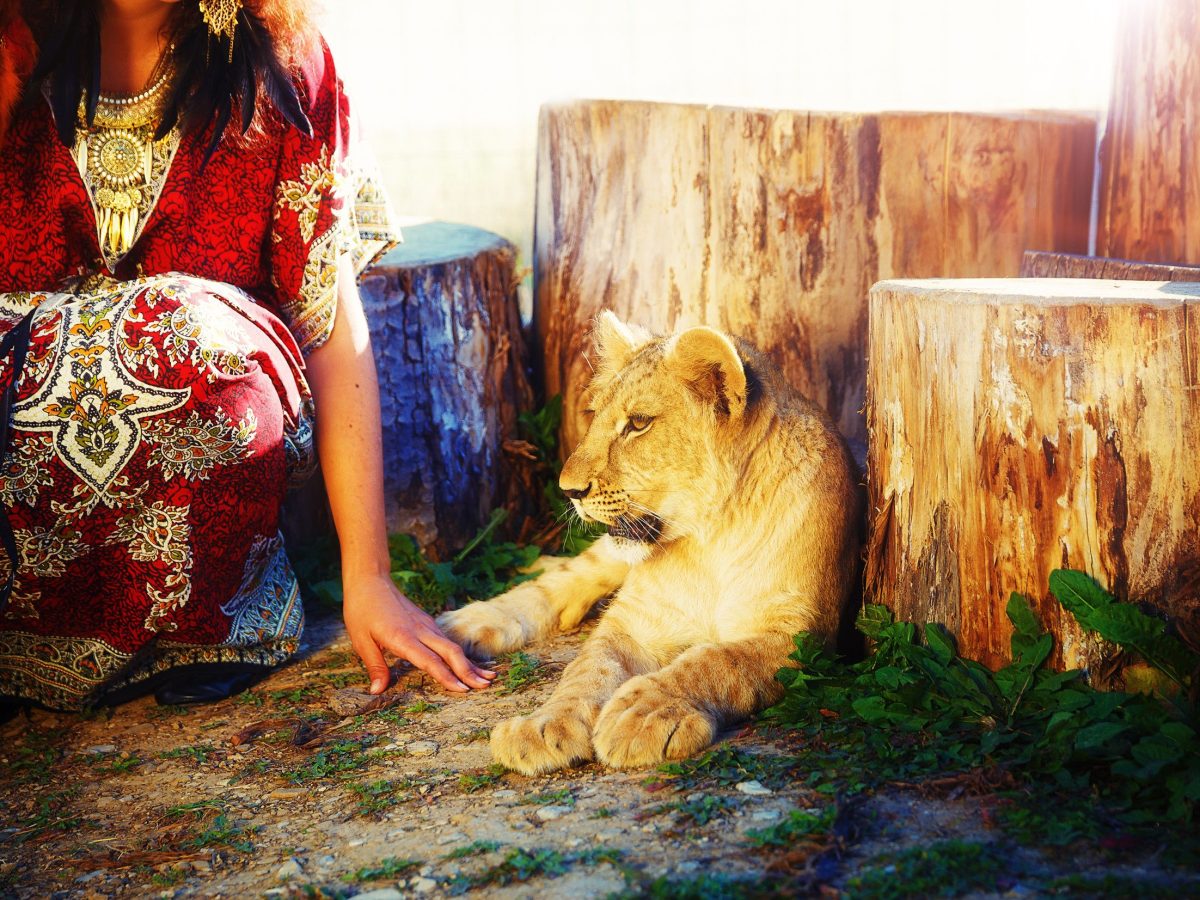
Why Letting Them Wonder Might Be the Best Lesson of All
Are You Explaining Too Much?
“Why is the sky blue?”
“What happens when people die?”
“Why do cats purr?”
As parents, we often feel compelled to give answers, the right ones, the smart ones, the ones we can Google in three seconds or less.
But here’s the problem: endless adult explanations, no matter how well-meaning, can actually get in the way of learning.
They can stifle curiosity, interrupt discovery, and teach kids to rely on adults instead of their own minds.
Sometimes, the most powerful thing you can say to a child is not the answer, it’s:
“Hmm… what do you think?”
Let’s look at how too much explaining can hinder curiosity, why uncertainty is essential for brain development, and how to foster wonder, imagination, and independent thinking in your child by embracing the power of not knowing everything.
The Curiosity Trap: When Explaining Becomes Over-Explaining
It feels good to give answers. We feel helpful. Reassuring. Smart. But when we constantly jump in with explanations, we may unintentionally teach our kids:
- That adults hold all the knowledge
- That their ideas aren’t as important
- That uncertainty is uncomfortable
- That wondering isn’t the point, knowing is
Over time, this can dampen a child’s natural curiosity and reduce their willingness to explore or ask deeper questions.
Why Wondering Builds the Brain
Wondering isn’t a passive state, it’s a highly active cognitive process. When children ask questions and are encouraged to think through possible answers, they strengthen:
- Critical thinking
- Creativity
- Problem-solving
- Cognitive flexibility
According to studies in Developmental Psychology, children retain more information and show greater long-term engagement with material when they actively generate their own questions and hypotheses before being given the answer.
Wonder Supports Confidence and Self-Directed Learning
When you give your child space to wonder, you’re saying:
“Your thoughts matter.”
“Your guesses are worth exploring.”
“You are capable of finding your own way.”
This fosters intrinsic motivation and self-trust, critical ingredients in both academic and emotional development.
Try This:
- Instead of: “Because Earth’s atmosphere scatters light.”
- Try: “That’s such an interesting question. What do you think makes the sky blue?”
You’ll be amazed at the complexity and creativity of your child’s ideas when given space.
Letting Kids Wonder Doesn’t Mean Withholding Truth
This isn’t about refusing to teach or answer. It’s about timing, and giving your child’s mind a chance to stretch before offering the conclusion.
A well-placed explanation after they’ve shared their thinking can feel like a gift, not a correction.
Try a Reflective Sequence:
- “What do you think?”
- “Hmm, interesting! Why do you think that?”
- “Want to hear what scientists say about it too?”
Now they’re engaged, not just informed.
Over-Explanation Can Shut Down Play and Exploration
Children learn through experimentation, trial and error, and imaginative play. Over-explaining can interrupt that process.
Example:
- A child builds a “machine” out of blocks and calls it a time traveler.
- You jump in with: “Well, actually, time travel isn’t real, and here’s how engines work…”
And just like that, the magic is gone.
Instead, enter their world:
- “A time traveler! Amazing. Where would it take us?”
Now they’re expanding their thinking, not shrinking it.
Wonder Builds Tolerance for Uncertainty
In a world filled with instant answers, teaching kids to sit with not knowing is a rare and powerful gift.
Children who can tolerate ambiguity:
- Cope better with change
- Are less anxious in the face of unknowns
- Become more resilient learners
Silence. Curiosity. Questions without tidy answers. These are the conditions where deep thinking grows.
Practical Ways to Encourage Wonder
Try These Daily Practices:
- Ask Before You Answer: “What do you think that’s for?”
- Wonder Out Loud Together: “I’ve always wondered how birds know where to migrate. Let’s look it up, or guess first!”
- Protect Unstructured Time: Give space for imagination, exploration, and internal questions to arise naturally
- Create a “Wonder Wall”: A space where your child can write or draw their questions, no immediate answers required
- Celebrate Unfinished Questions: “That’s a beautiful mystery. I don’t know the answer either!”
What If They Get It “Wrong”?
It’s okay.
In fact, it’s how real learning works.
When kids guess, hypothesize, and revise their ideas, they’re building mental flexibility and intellectual humility, skills more important than being “right” the first time.
Your job isn’t to correct everything. It’s to keep the question alive.
Let the Mystery Breathe
You don’t have to be the Answer Machine.
You can be the co-explorer. The idea inviter. The wonder companion.
When we step back from over-explaining and instead invite our kids into the beauty of not knowing, we raise thinkers. Inventors. Problem-solvers. Dreamers.
Because the most important lessons aren’t always found in the answers.
They’re found in the wondering.
Let us know your thoughts in the comments!
Love, joy, and respect to you, always!




